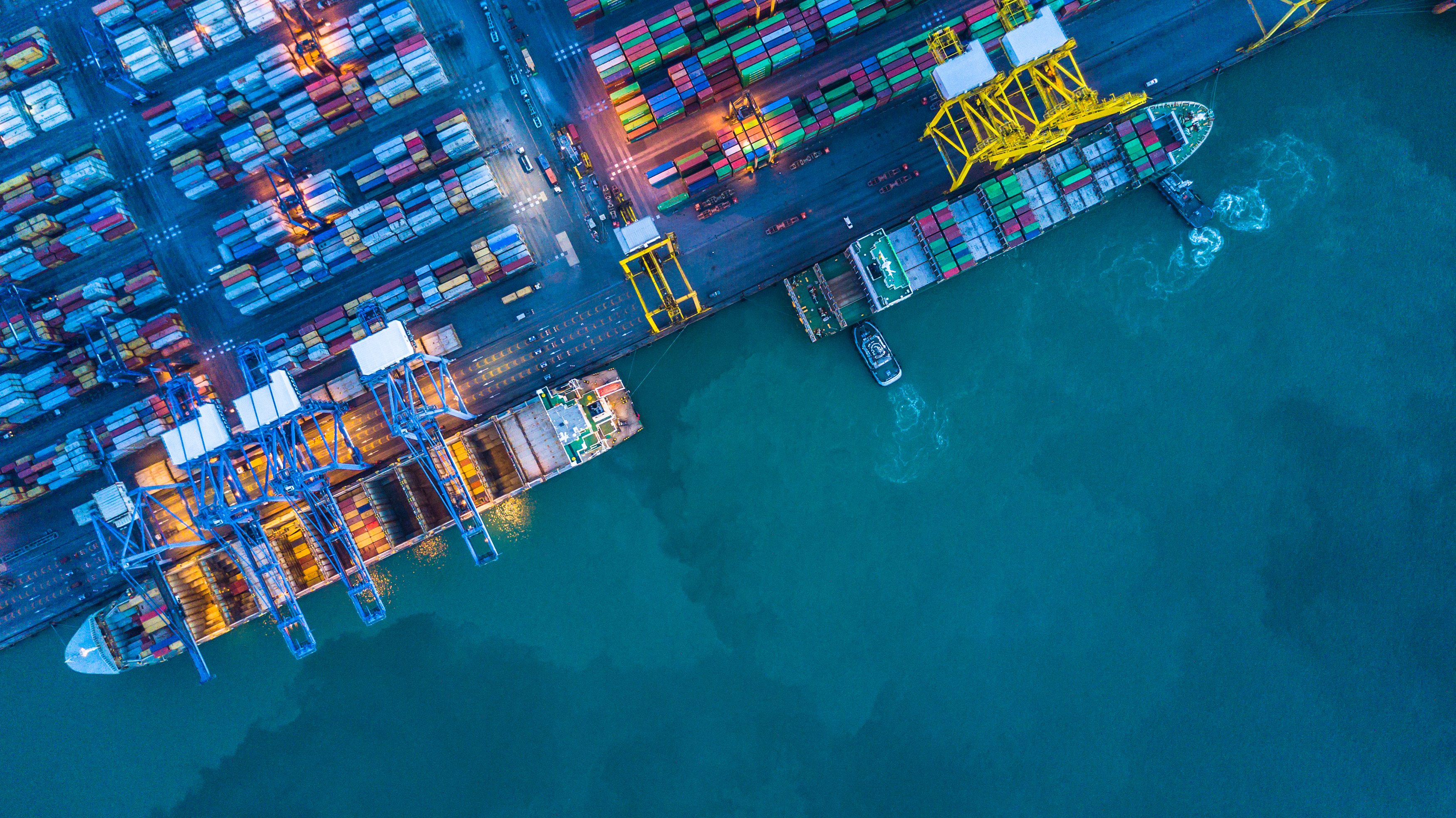According to customs statistics, in the first half of this year, China’s total import and export value of goods trade reached 21.79 trillion yuan, a year-on-year increase of 2.9%.
Currently, the country is focusing on stabilizing the scale and optimizing the structure of foreign trade. Against this backdrop, how is Shenzhen—a key “hub” in China’s foreign trade landscape—performing? What new vitality and momentum are emerging?
Shenzhen’s Yantian Port in Guangdong is one of the world’s largest single-container terminals, handling over 40,000 standard containers daily to destinations across the globe, earning its reputation as a “world-class shipping hub.”
Data from Shenzhen Customs shows that in the first half of this year, Yantian Port’s container throughput exceeded 7.58 million TEUs, a year-on-year increase of 12.7%, achieving double-digit growth.
Currently docked at Yantian Port is the world’s largest container ship, capable of carrying over 24,000 standard containers. Soon, it will set sail from Shenzhen, loaded with Chinese-made electromechanical products, electronic equipment, home appliances, furniture, and industrial goods, heading to destinations such as the UK, Belgium, Poland, and Germany. Since the beginning of this year, nearly 300 such “super-sized vessels” have berthed at Yantian Port.
Beyond this, Yantian Port has added 11 new shipping routes this year, now operating nearly 100 weekly routes connecting globally. On average, four ships depart daily for Europe and six for the U.S. It’s clear that Shenzhen’s stable and efficient port system provides solid support for foreign trade enterprises to accelerate their growth.
In addition to container throughput, another noteworthy detail is international ship refueling. In the first half of this year, LNG bunkering volume in Yantian alone exceeded 310,000 cubic meters—surpassing the total for all of last year—with a cumulative output value of nearly 700 million yuan. Ships choose to dock where refueling is efficient and reasonably priced. This “invisible” competitiveness is helping Shenzhen continuously enhance its influence in international shipping.
Of course, Shenzhen’s foreign trade vitality isn’t limited to its ports. A private enterprise in Longhua District specializing in 3D printing exports its products through the port to Southeast Asia and Europe. Data from 2024 shows that Shenzhen is home to 1,025 specialized, high-tech “little giant” enterprises with proprietary brands and core technologies, along with over 25,000 national high-tech enterprises.
These “small but sophisticated” companies can “fly fast and go far” thanks to Shenzhen’s complete industrial chain support. A smart device can move from R&D and design to prototype and mass production in as little as one week. This clustering effect rapidly transforms “Made in Shenzhen” into “products for the world.”
In terms of customs clearance, Shenzhen is also optimizing services. Shenzhen Customs is implementing special actions to facilitate cross-border trade, supporting exports of the “new three” (referring to high-tech, high-value-added products), expanding international shipping routes, and increasing express sea freight channels for cross-border e-commerce to open more “overseas” pathways.
To improve logistics efficiency, Shenzhen is advancing the integration of port cluster logistics. For example, by digitally linking multiple ports, geographical limitations are overcome, enabling rapid cargo transfers and seamless movement between ports. These seemingly “behind-the-scenes” improvements are key to making global trade more efficient.
It can be said that Shenzhen’s foreign trade “speed” and “quality” are the result of innovation capabilities, port advantages, private sector vitality, and service guarantees. The city is not just a window to China’s openness but also a microcosm of the country’s high-quality foreign trade development.




